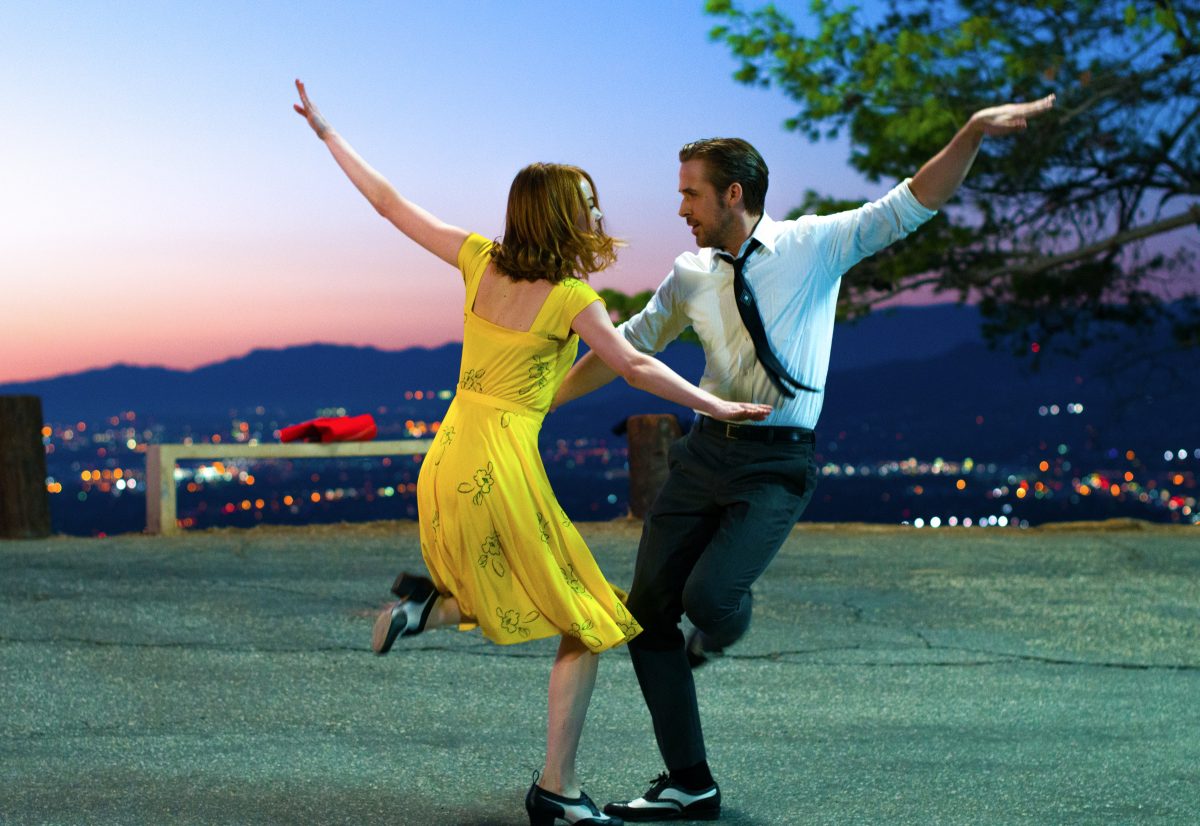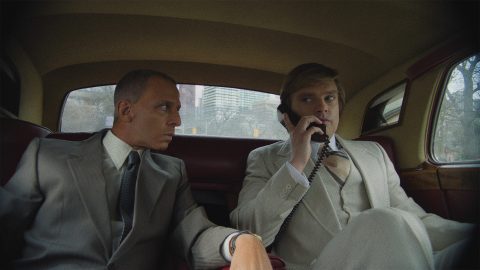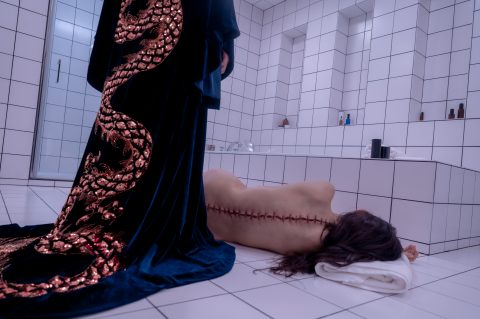Emma Stone had always dreamed of being an actress. At the age of 11, she moved to Los Angeles with her mother to pursue her acting career. In 2007, she starred in the comedy “Superbad”, which opened doors to other comedy projects such as “The House Bunny” and “Zombieland”. In 2010, she gained further recognition for her role in the high school comedy “Easy A”. After appearing in two Spider-Man films, Stone began working with acclaimed directors such as Woody Allen and Cameron Crowe. Her first Oscar nomination came for her supporting role in Alejandro González Iñárritu’s “Birdman”, which won Best Picture in 2014. Two years later, she was awarded an Oscar for Best Actress in Damien Chazelle’s musical “La La Land”. Since then, she continues to win hearts and critical acclaim.
Among her notable work is her collaboration with director Yorgos Lanthimos on several features, their latest film “Poor Things” starring Emma Stone in the lead role brought the actress her recent Oscar. Stone’s collaboration with Lanthimos showcases her versatility as an actress and highlights the director’s unique approach to storytelling, making their partnership a compelling force in contemporary cinema.

Discussing her collaboration with the director, Stone shared insights into their working relationship and her approach to roles in his films:
My work with Yorgos began in the most ordinary way – the agent sent the script, I read it, and decided, “This is mine!” When I agreed to shoot in “The Favourite”, I accepted this role more because I liked the love triangle of the three female characters. At first, my character seemed too unnatural to me, excessively charming. I read the script and thought, “What a cutie, imagine, she dreams of becoming a maid!” But the further I progressed through the text, the more I realized that this girl is not as simple as she seems at first glance. To play this character, I had to challenge my own ideas about life.
Reflecting on Lanthimos’s portrayal of women, Stone acknowledges the unconventional depiction of female characters in historical settings. Rather than adhering strictly to historical accuracy, Lanthimos employs satire to dissect human behavior across time periods, a theme evident in “The Favourite” and “Poor Things”:
It’s a completely different story with Bella Baxter, the character Yorgos and I developed together. I liked that Bella doesn’t let anyone impose their rules on her, for example, how she, as a woman, should speak, move, and feel according to societal norms. Bella has no shame, no past traumas, and even no past itself. She is not susceptible to the influence of the environment that imposes limitations. When she discovers sex and love, she doesn’t understand why these topics cause so much noise and controversy, especially among those who abuse both.
The actress willingly shared why she finds it interesting to work with Lanthimos and what particular approach he possesses:
At first, his approach seemed strange to me, but over time, I got used to it. The thing is, he likes to put his actors in the most unusual situations. For example, before shooting starts, we usually have rehearsals during which we hardly refer to the script but engage in some strange exercises. For instance, before filming “The Favorite” we rolled on the floor, held hands, danced, or even jumped on each other. Initially, I thought the director wanted to make fools of us, running around like crazy on the set. But eventually, I understood that his methods are aimed at taking actors out of their comfort zones, making them lose themselves, become vulnerable, and finally, let go of control over their actions, unleashing themselves and truly starting to play. During filming, Yorgos hardly gives any instructions. Other directors, for instance, might give commands like: “Louder! Faster! Do this and that! Stop, don’t do anything at all.” Yorgos just walks around the set and observes. He might suddenly stop and, turning to one of us, ask, “What do you think, what movie are you shooting right now?” I remember him asking this question to Nick Hoult, and he replied, “I don’t know what movie I’m shooting. I haven’t figured it out yet”. Yorgos just looked at him intently and silently walked away.

Stone started acting at a young age. When she moved to Los Angeles, she was around 15. The actress shares that her father wholeheartedly approved of her decision, financially supported her, and provided moral encouragement. However, her mother was more skeptical, warning the girl that she needed to prepare in advance for the consequences of her choice and maybe even for failure. Nevertheless, at the age of 17, Stone had her own agent and was actively acting. However, Hollywood was not at her feet, and fame did not come to her immediately:
I lived in a small apartment, had irregular meals, took acting lessons, and had a dozen odd jobs. One of the funniest was at a dog bakery. Early in the morning, while other kids were going to school, I would go to the bakery to bake cakes for dogs. That’s probably something you can only find in Los Angeles.
Looking ahead, Stone prioritizes personal fulfillment over career achievements, expressing a desire to start a family and devote more time to her loved ones. She acknowledges the importance of balance, recognizing the need to step back from the hectic pace of Hollywood to nurture relationships and pursue personal interests:
By the way, I really don’t like LA. When I turned 20, I moved to New York, where I still spend most of my time when I’m not acting. It turned out that because of work and moving around, I have very few friends. And that’s for the best. The more people you know, the more time and effort it takes to maintain communication with them. Besides, it would be difficult for me to live in constant separation from people I value and love.

Emma Stone’s story serves as a testament to perseverance, passion, and the pursuit of one’s dreams amidst the glitz and glamour of Hollywood. As she continues to evolve both personally and professionally, her journey inspires others to embrace their aspirations and carve their own paths to success.
Stone reluctantly shares about her future plans, possibly considering starting a family soon or cutting back on coffee and focusing more on morning meditation. She has many plans, but one thing she emphasizes willingly is, “I want to spend more time with the person I love the most. Because love is the one thing that should not be sacrificed even with the most dazzling career.



